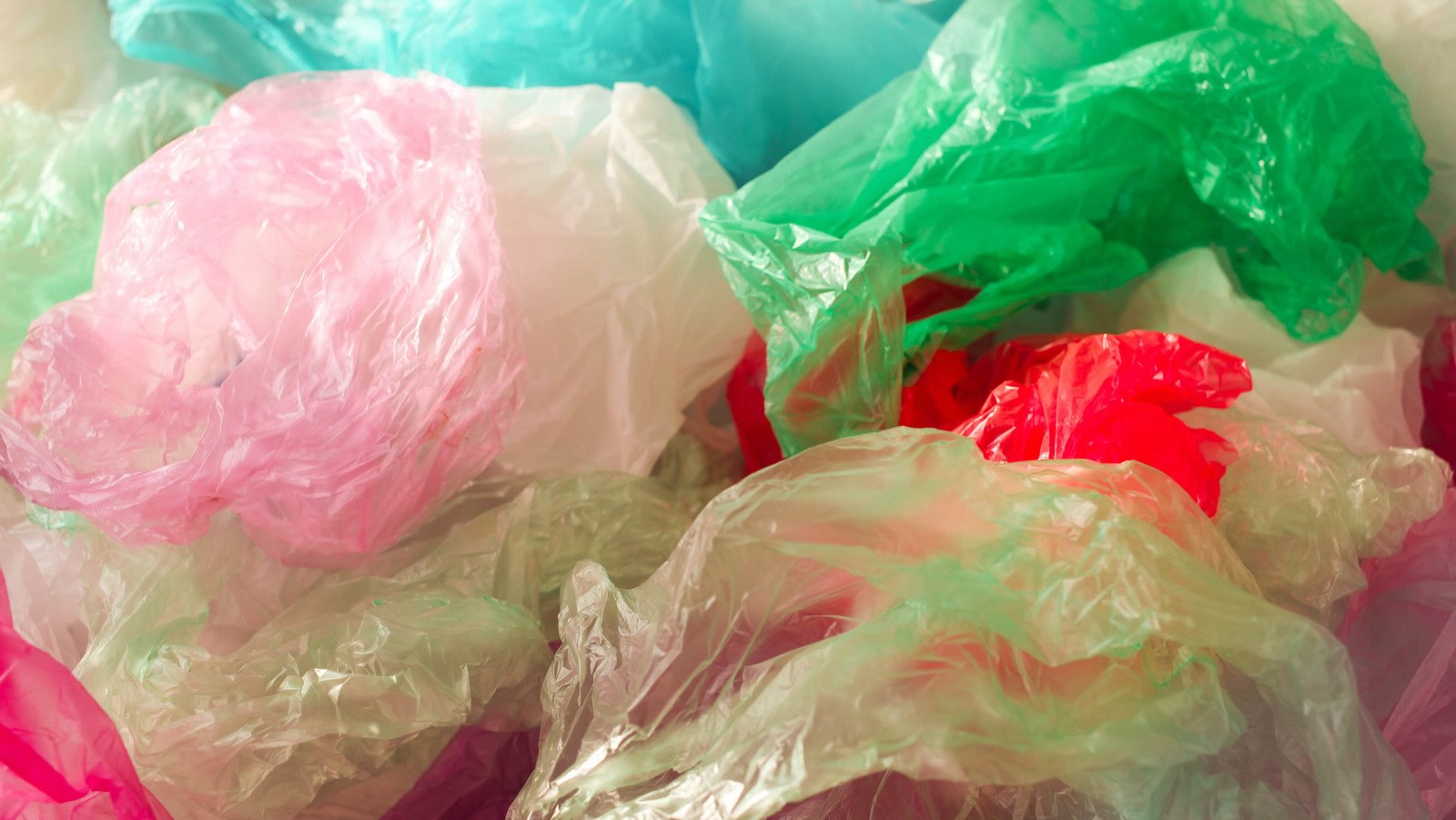

Articles
How To Store Plastic Grocery Bags
Modified: February 23, 2024
Looking for tips on how to store plastic grocery bags? Check out our helpful articles for the best organization and storage ideas.
(Many of the links in this article redirect to a specific reviewed product. Your purchase of these products through affiliate links helps to generate commission for Storables.com, at no extra cost. Learn more)
Introduction
Plastic grocery bags are a common item that many households accumulate. While they are convenient for carrying groceries, they can quickly become a cluttered mess if not properly stored. Finding an efficient and organized way to store plastic grocery bags is essential to keep your home tidy and reduce waste. In this article, we will explore several methods for storing plastic grocery bags that are both practical and eco-friendly.
By implementing these storage solutions, you can easily access your bags when you need them while keeping them neatly organized. Whether you want to repurpose them for future use or donate them to a local charity, having a designated storage system will make it easier to manage your plastic bag collection. Let’s dive into the various methods to store plastic grocery bags.
Key Takeaways:
- Efficiently store plastic grocery bags by folding them using a simple method, utilizing bag organizers, hanging storage, repurposing containers, creating DIY dispensers, and using bag holders. Explore donation and recycling options to reduce plastic waste and promote sustainability.
- Embrace sustainable practices by repurposing and organizing plastic grocery bags, exploring DIY storage solutions, and contributing to donation and recycling efforts. Reduce clutter, protect the environment, and make a positive impact on your home and community.
Read more: How To Store Plastic Grocery Bags For Reuse
Step 1: Folding Method
One of the simplest and most effective ways to store plastic grocery bags is by folding them. This method allows you to neatly stack and store the bags, saving space and keeping them easily accessible. Here’s how you can fold your bags:
- Start by flattening the plastic bag on a flat surface, making sure to remove any excess air.
- Next, fold the bag in half horizontally, bringing the handles together.
- Then, fold the bag in half again, aligning the bottom edge with the handles.
- Continue folding the bag lengthwise until you reach the desired size.
By folding your bags in this manner, you can create a compact bundle that takes up minimal space. This method is particularly useful if you have limited storage space in your home or want to keep a few bags handy in your purse or car.
You can further organize the folded bags by using a rubber band or a reusable bag holder to secure the bundle. This helps to prevent the bags from unfolding or getting tangled with each other.
Another benefit of the folding method is that it allows you to easily see how many bags you have. This way, you can avoid accumulating an excessive number of bags and ensure that you use them efficiently without wastage.
Now that you know how to fold your plastic grocery bags, let’s explore some additional storage options to keep them organized.
Step 2: Bag Organizer
If you want a more structured and visually appealing method for storing your plastic grocery bags, consider using a bag organizer. Bag organizers are specially designed containers or holders that allow you to store and retrieve plastic bags easily. Here’s how you can use a bag organizer:
- Purchase a bag organizer that suits your needs. There are various options available, including hanging organizers, countertop organizers, and wall-mounted organizers.
- Insert your folded plastic bags into the designated compartments or slots of the organizer. Some organizers even come with adjustable dividers, allowing you to customize the size of each compartment.
- Make sure to arrange the bags in an upright position, with the handles facing upwards. This makes it easier to grab a bag whenever you need it.
Using a bag organizer not only keeps your plastic grocery bags neatly stored, but it also provides a visually appealing solution. You can choose a bag organizer that matches your home’s aesthetic or opt for a transparent organizer, allowing you to see the bags at a glance.
Bag organizers are particularly useful if you have a large number of bags and want to keep them all in one place. Whether you place it in your kitchen, pantry, or utility closet, a bag organizer will help you maintain an organized space and prevent clutter.
If you prefer a DIY approach, you can repurpose items such as cereal boxes or shoeboxes to create your own bag organizer. Simply cut out slots or compartments in the box and decorate it to your liking.
Now that you have explored the folding method and the option of using a bag organizer, let’s move on to step 3, where we will discuss hanging storage solutions.
Step 3: Hanging Storage
Hanging storage is a practical and space-saving method to store plastic grocery bags. This method allows you to utilize vertical space in your home, making it ideal for small apartments or areas with limited storage options. Here’s how you can utilize hanging storage for your plastic bags:
- Look for a suitable hanging storage solution. You can use a wall-mounted bag holder, a door-mounted bag organizer, or even repurpose a towel rack or a shower curtain ring.
- Install the hanging storage solution in a convenient location in your home. It can be behind a door, on a wall, or inside a cabinet.
- Fold your plastic grocery bags using the method mentioned earlier.
- Hang the bags one by one on the hooks or rings of the storage solution, ensuring they are secure and easily accessible.
Hanging storage offers several advantages. Firstly, it keeps your plastic bags off the floor or countertops, making your space look neat and organized. Secondly, it allows airflow between the bags, reducing the chances of moisture build-up and unpleasant odors.
If you have a large number of bags, you can sort them by color or size to make it easier to find the desired bag when needed. Additionally, consider labeling the hooks or rings with categories such as “small bags,” “large bags,” or “reusable bags” to further enhance the organization.
When using door-mounted bag organizers, ensure that the door can still open and close smoothly without any obstructions. If you’re concerned about the bags being visible, you can hang a curtain or fabric over the organizer to keep them discreet.
Now that we’ve explored the folding method, the use of a bag organizer, and hanging storage, let’s move on to step 4, where we’ll discuss reusing containers to store plastic grocery bags.
Step 4: Reusing Containers
If you’re looking for an eco-friendly and cost-effective storage solution for your plastic grocery bags, consider repurposing containers that you already have at home. Reusing containers not only helps reduce waste but also provides a practical and organized way to store your bags. Here’s how you can reuse containers for storing plastic grocery bags:
- Gather containers such as empty tissue boxes, coffee cans, or plastic storage bins.
- Clean and dry the containers to ensure they are free of any residue.
- Fold your plastic bags using the folding method mentioned earlier.
- Place the folded bags neatly inside the containers, stacking them vertically.
Reusing containers for bag storage offers several benefits. Firstly, it repurposes items that might have otherwise been discarded, promoting sustainability and reducing waste. Secondly, it provides a compact and organized storage solution that can easily fit into cabinets, shelves, or closets.
You can further enhance the organization by labeling the containers with categories such as “grocery bags,” “produce bags,” or “reusable bags.” This makes it easier to find the type of bag you need when you’re heading out to the store.
Using larger containers, such as plastic storage bins, can accommodate a larger number of bags, making it a practical solution if you tend to accumulate a significant amount of plastic grocery bags.
Remember to choose containers that are sturdy enough to hold the weight of the bags and keep them protected from any potential damage. Transparent containers also allow you to see the bags inside at a glance.
Now that you know how to repurpose containers for plastic bag storage, let’s move on to step 5, where we’ll explore how to create a DIY bag dispenser.
To store plastic grocery bags, fold them into small triangles and keep them in a designated container or drawer for easy access and organization.
Read more: How To Store Grocery Bags
Step 5: DIY Dispenser
If you enjoy DIY projects and want a unique and customized way to store your plastic grocery bags, creating a DIY bag dispenser is a great option. This allows you to repurpose existing materials and create a dispenser that suits your personal style and space. Here’s how you can make your own DIY bag dispenser:
- Choose a cylindrical container with a removable lid, such as a large oatmeal canister or a cylindrical cardboard box.
- Cut a rectangular slot on one side of the container, large enough to allow easy access to the bags.
- Decorate the container using paint, fabric, or decorative paper to match your desired aesthetic.
- Place your folded plastic bags into the container, feeding them through the slot.
- Replace the lid and ensure it is secure.
A DIY bag dispenser offers a creative and personalized storage solution for your plastic grocery bags. Not only does it add a unique touch to your space, but it also keeps the bags easily accessible and organized.
When choosing a cylindrical container, consider the size of the bags you frequently use. You want to ensure that the container is large enough to accommodate the bags comfortably without causing them to become cramped or difficult to retrieve.
Feel free to experiment with different materials and designs to create a dispenser that matches your home decor or reflects your personal style. You can also customize it with labels or tags to indicate the type of bags stored inside, such as “plastic grocery bags” or “reusable shopping bags.”
Now that you have learned how to create a DIY bag dispenser, let’s move on to step 6, where we’ll discuss using a bag holder as a storage solution.
Step 6: Using a Bag Holder
A bag holder is a convenient and practical storage solution for plastic grocery bags. It provides a designated spot to store your bags, keeping them organized and easily accessible. You can find various types of bag holders available in stores or online, or you can even make your own. Here’s how you can use a bag holder:
- Purchase a bag holder that suits your needs and space. There are different options available, such as freestanding bag holders, wall-mounted holders, or over-the-cabinet holders.
- Install or place the bag holder in a convenient location, such as your kitchen, pantry, or utility area.
- Fold your plastic grocery bags using the folding method mentioned earlier.
- Insert the folded bags into the bag holder, ensuring they are secure and not overflowing.
Using a bag holder keeps your plastic grocery bags easily accessible and prevents them from cluttering your space. It also saves you from rummaging through drawers or cabinets when you need a bag for various purposes.
Depending on the type of bag holder you choose, you may have additional features like built-in dispensers or compartments for organization. Some bag holders also have space to store other essential items, such as reusable shopping bags, small totes, or even cleaning supplies.
If you prefer a DIY approach, you can repurpose items such as a tissue box or a tall cylindrical container to create your own bag holder. Simply cut a hole or slit on the side of the container and decorate it as desired. This way, you can create a customized bag holder that matches your personal style.
Now that you know how to use a bag holder for storage, let’s move on to step 7, where we’ll discuss donation or recycling options for your plastic grocery bags.
Step 7: Donation or Recycling Options
As you accumulate plastic grocery bags, it’s important to consider the environmental impact and explore options for either donating or recycling them. By doing so, you can help reduce plastic waste and contribute to a more sustainable future. Here are some options for donation or recycling:
1. Donation: Many organizations, such as food banks, shelters, or local community centers, accept donations of plastic grocery bags. These organizations often use them to distribute food, clothing, or other essential items to those in need. Contact local charities or organizations in your area to inquire if they accept plastic bag donations. It’s always a good idea to check their current guidelines and preferences before making a donation.
2. Recycling: Plastic bags are commonly accepted for recycling at various grocery stores and recycling centers. Look for designated recycling bins at grocery stores near the entrance or ask store associates for assistance. If your local recycling program accepts plastic bags, make sure to follow any specific sorting or preparation guidelines before placing them in your recycling bin. Remember that plastic bags should not be placed in your regular curbside recycling bin as they can cause issues in the recycling process.
3. Upcycling: Get creative and give your plastic bags new life by upcycling them into reusable items. You can weave them into sturdy mats, create waterproof covers for belongings, or even make plarn (plastic yarn) to crochet or knit bags, mats, or other useful items. Explore online tutorials or DIY websites for innovative upcycling ideas.
4. Reusable Bag Swap: Consider organizing a reusable bag swap in your community or workplace. Encourage others to bring their excess plastic bags or even reusable bags they no longer need, and have everyone exchange them for different ones. This can help reduce the accumulation of plastic bags and promote the use of reusable alternatives.
5. Bring Your Own Bag: Ultimately, the best way to reduce plastic bag waste is to bring your own reusable bag whenever you go shopping. By making this small change in your daily routine, you can significantly contribute to minimizing plastic pollution.
Remember, it’s important to be mindful of the environmental impact of plastic bags and to explore sustainable alternatives whenever possible.
Whether you choose to donate, recycle, upcycle, or simply reduce your consumption of plastic bags, taking action to responsibly manage them is a step towards a cleaner and greener future.
Now that you’re equipped with the knowledge of donation and recycling options, let’s wrap up our discussion of storing plastic grocery bags.
Conclusion
Storing plastic grocery bags in an organized and efficient manner not only helps declutter your home but also promotes sustainability by reducing waste. In this article, we explored various methods to store plastic grocery bags, including folding, using bag organizers, hanging storage, repurposing containers, creating DIY dispensers, utilizing bag holders, and exploring donation or recycling options.
The folding method provides a simple and space-saving solution, making it easy to store and access your bags. Bag organizers offer a structured and visually appealing way to keep your bags neatly stored. Hanging storage optimizes vertical space and keeps the bags off the floor, while repurposing containers provides an eco-friendly storage option.
For those who enjoy DIY projects, creating a DIY bag dispenser allows for customization and adds a unique touch to your space. Bag holders offer convenience and organization, and by donating or recycling your plastic grocery bags, you can contribute to reducing plastic waste and promoting sustainability.
Remember, in addition to storing plastic grocery bags effectively, it is crucial to consider using reusable bags whenever possible to further minimize plastic waste.
By implementing these storage solutions and exploring responsible options for managing plastic bags, you can maintain an organized home, reduce clutter, and play your part in protecting the environment.
Choose the method that suits your needs and preferences best, and start storing your plastic grocery bags in a more organized and sustainable way today.
Frequently Asked Questions about How To Store Plastic Grocery Bags
Was this page helpful?
At Storables.com, we guarantee accurate and reliable information. Our content, validated by Expert Board Contributors, is crafted following stringent Editorial Policies. We're committed to providing you with well-researched, expert-backed insights for all your informational needs.
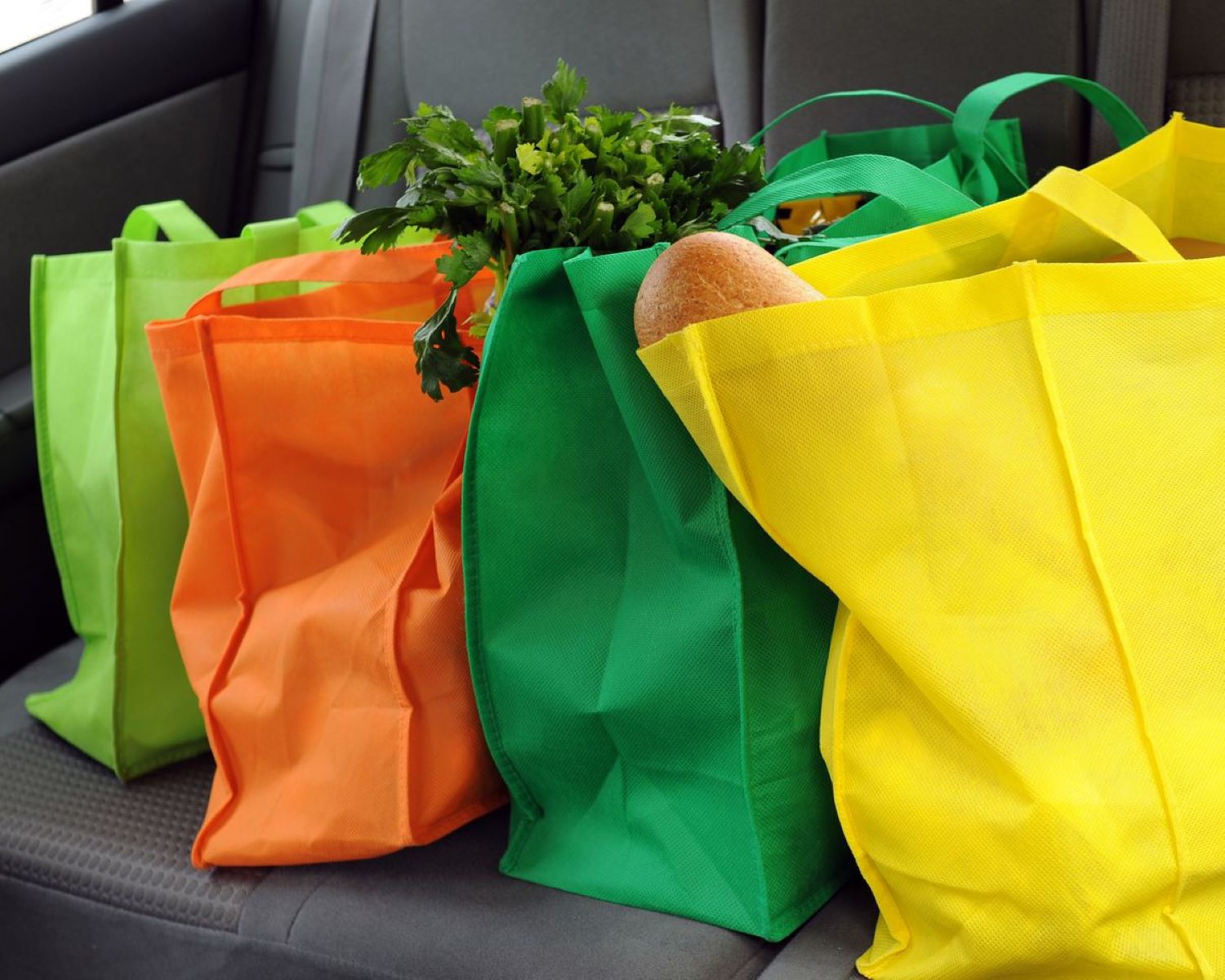
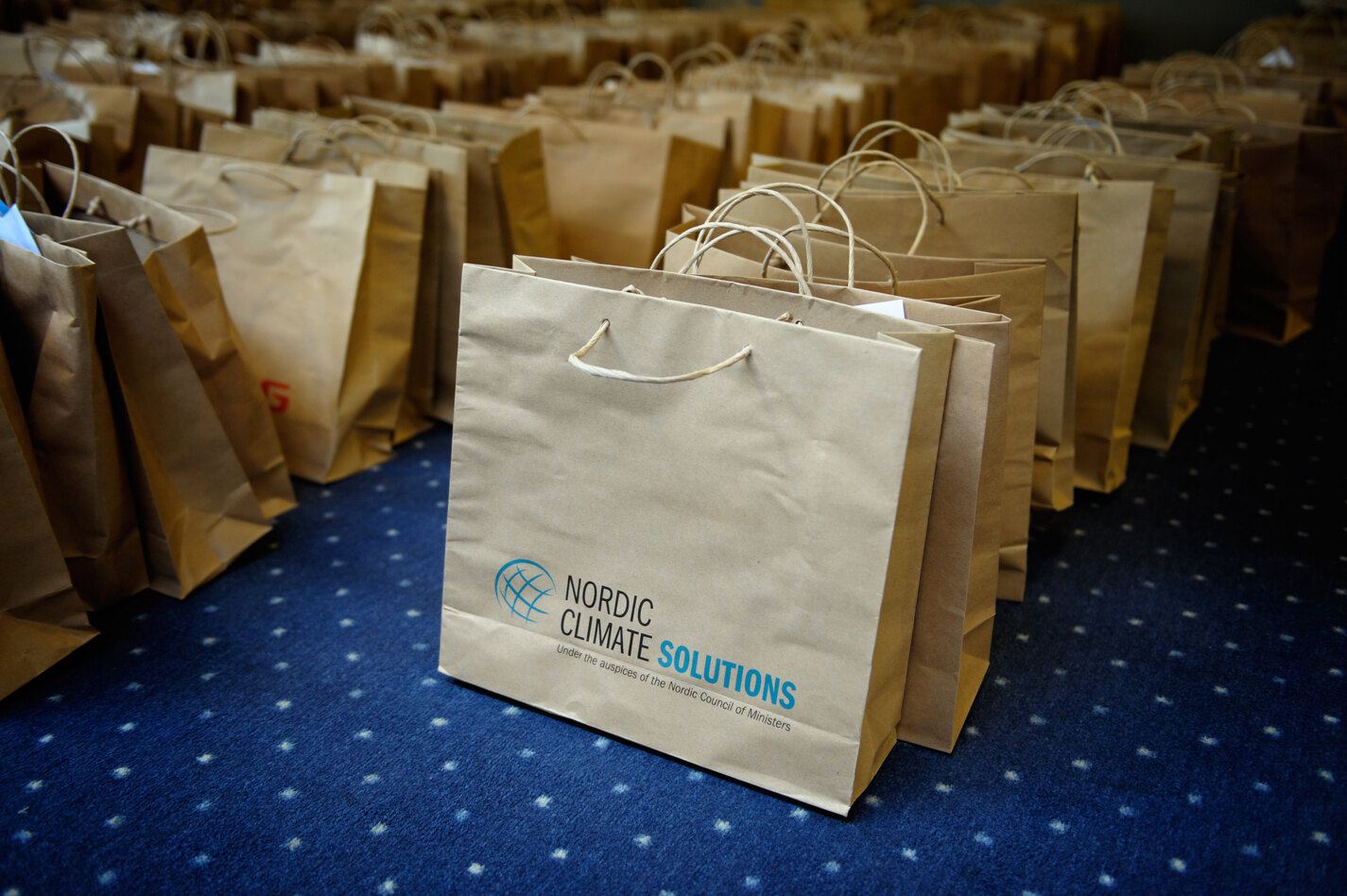
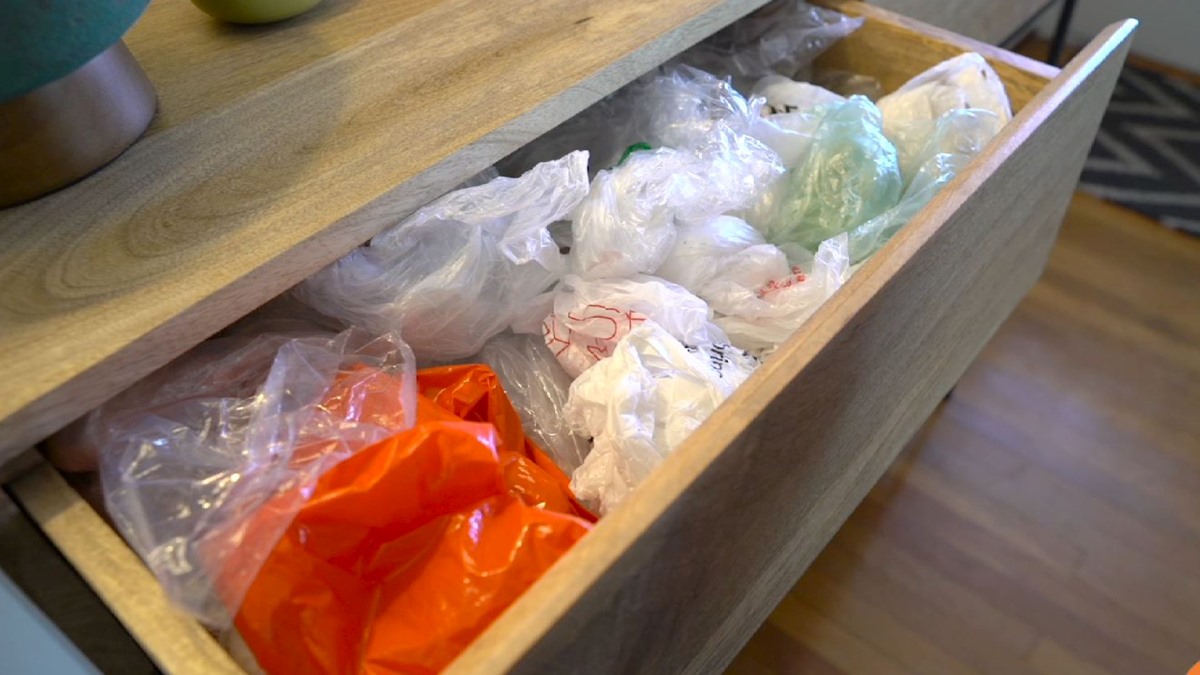
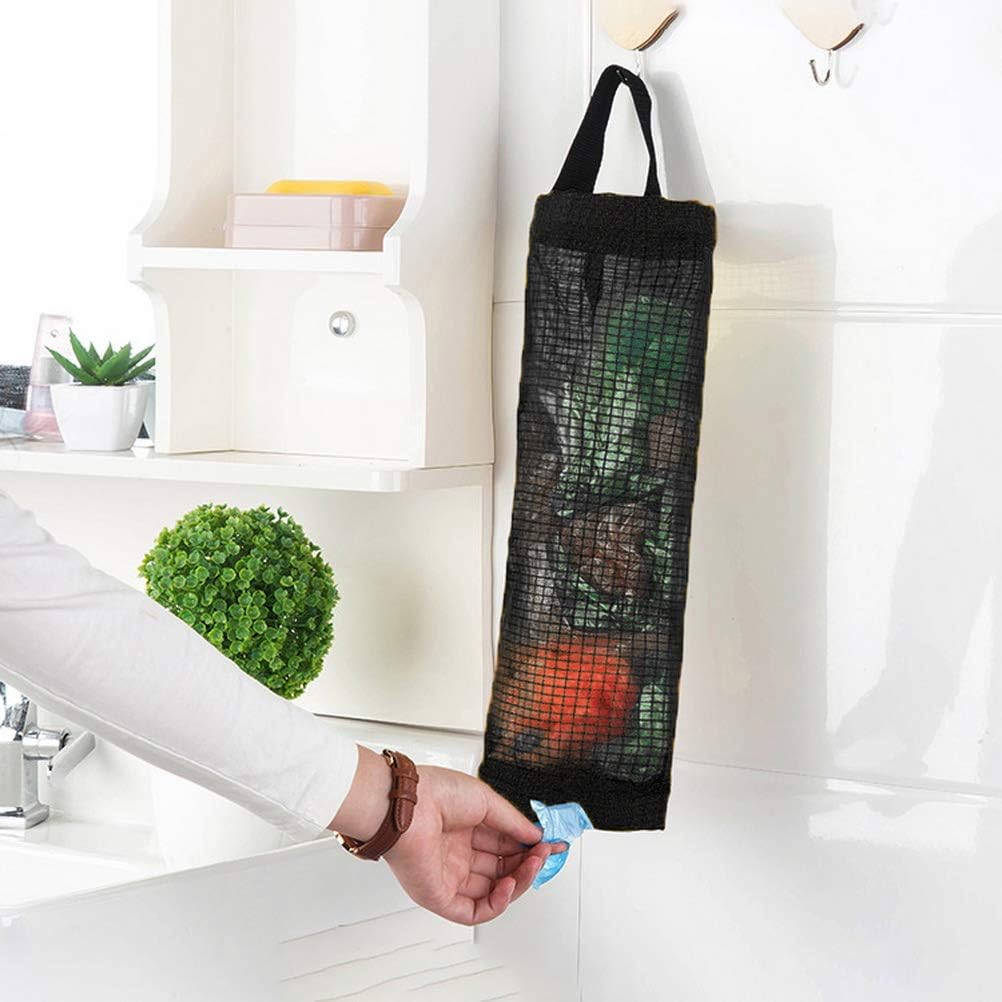
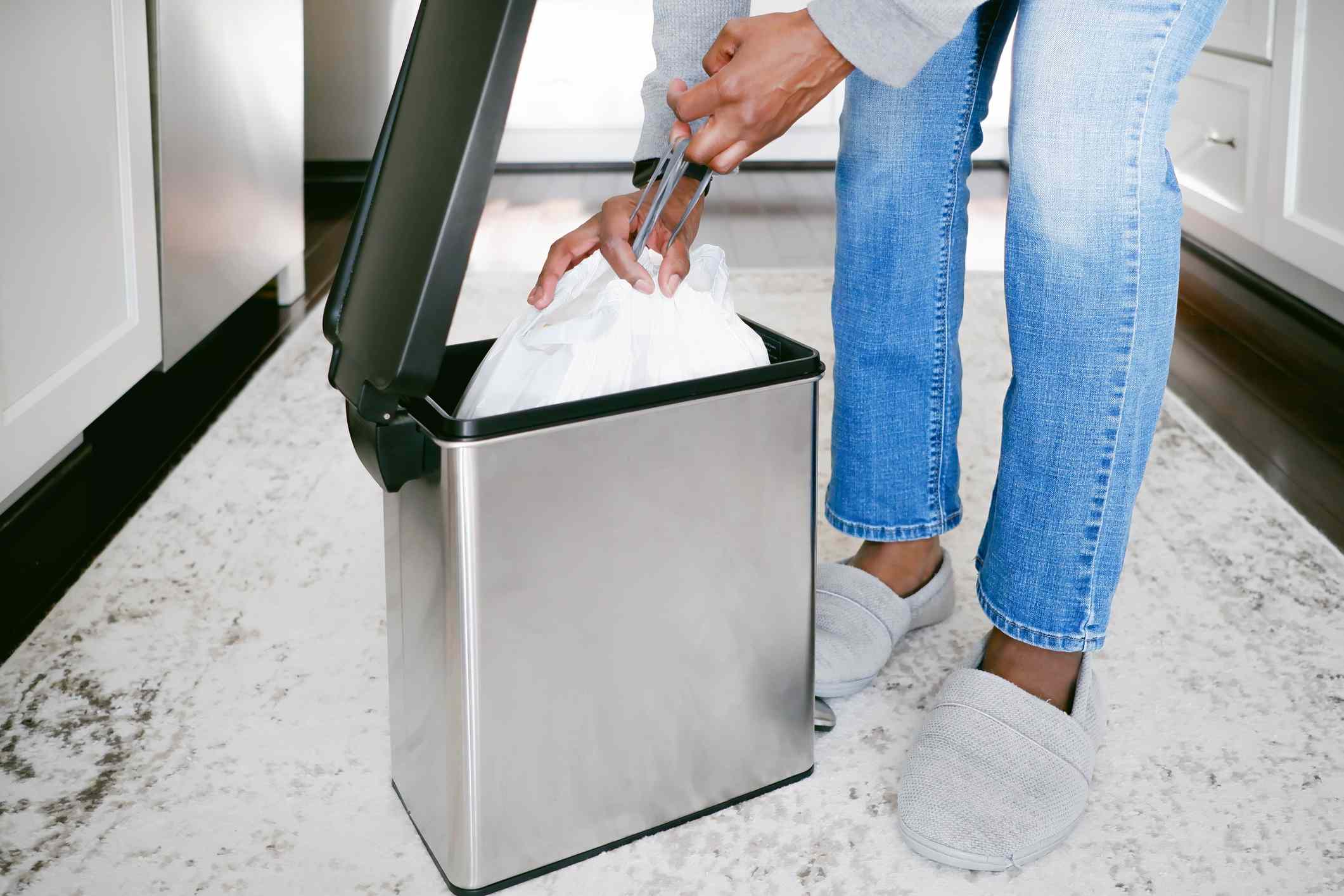
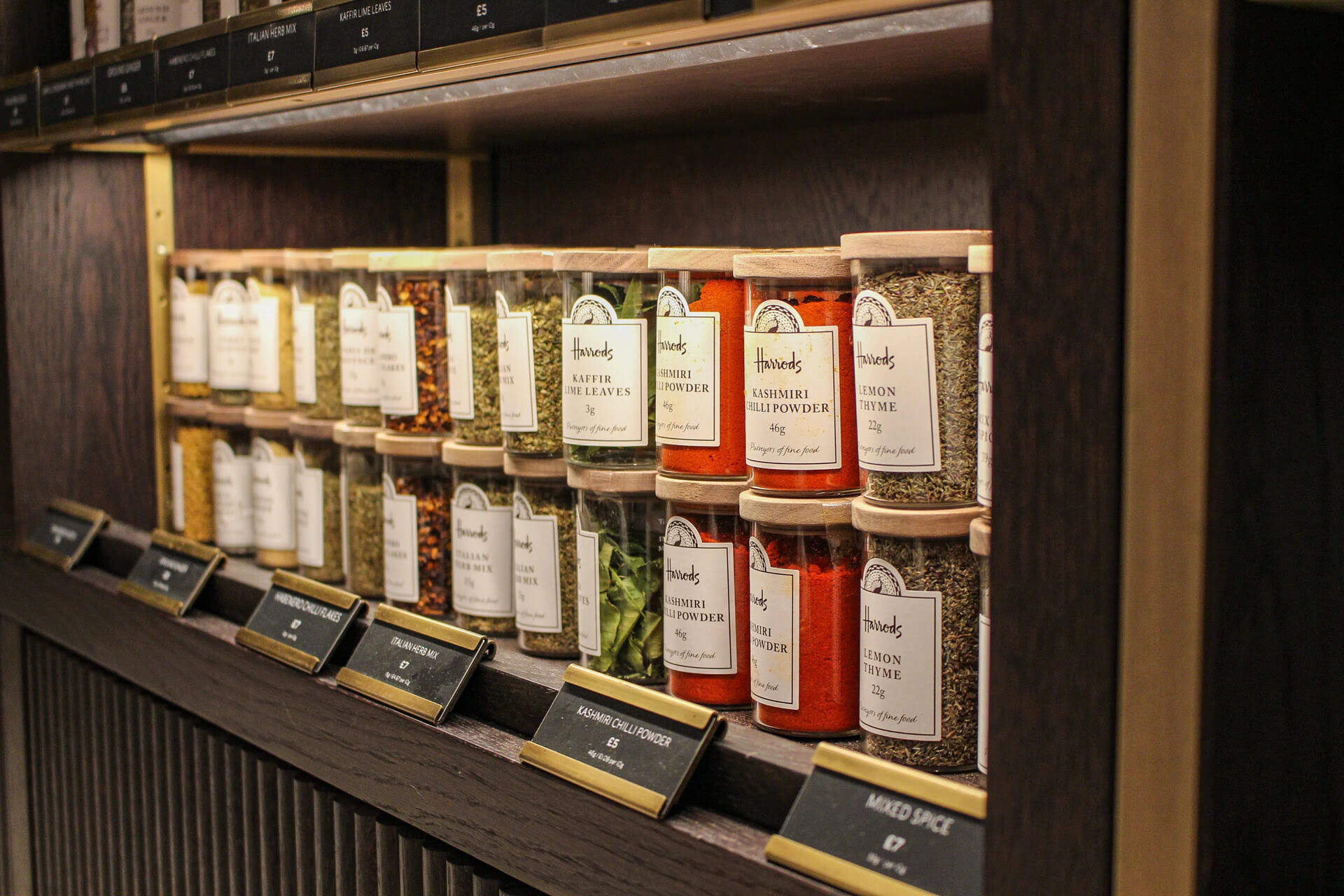
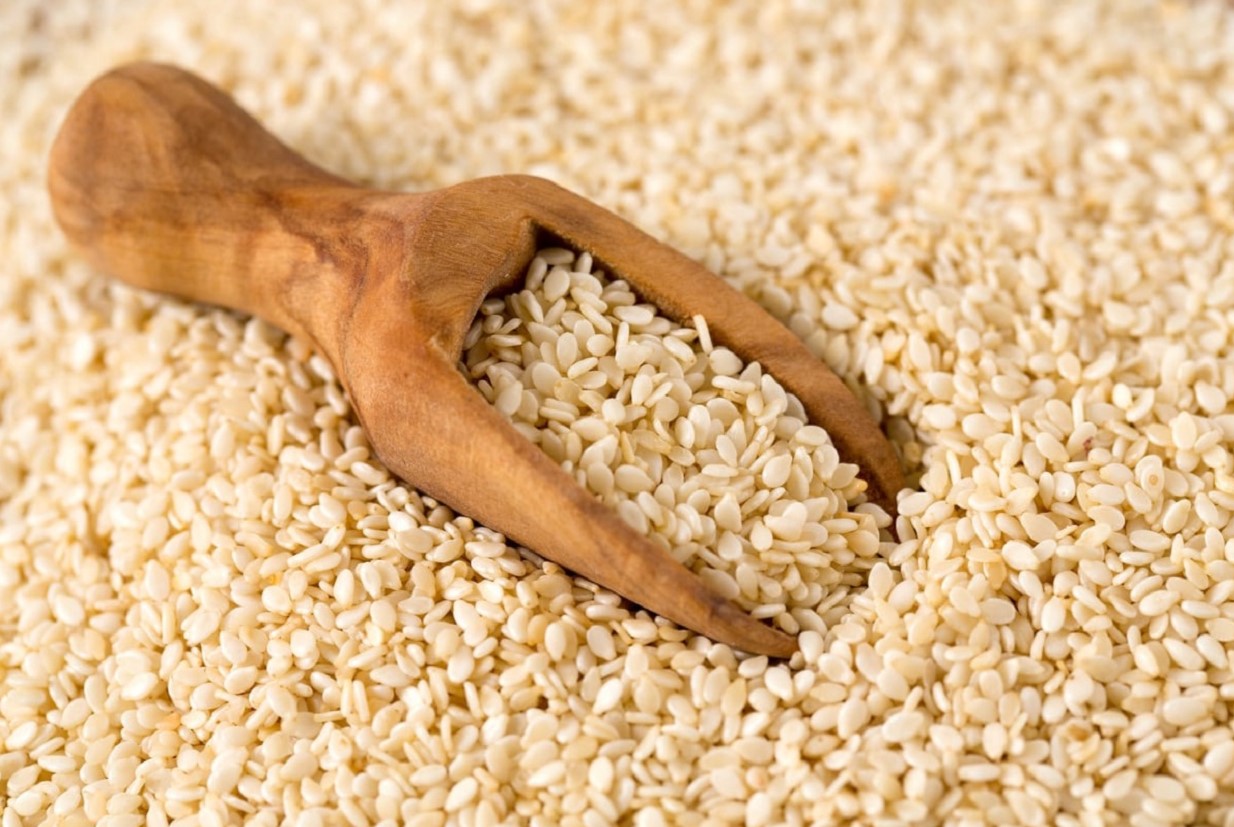

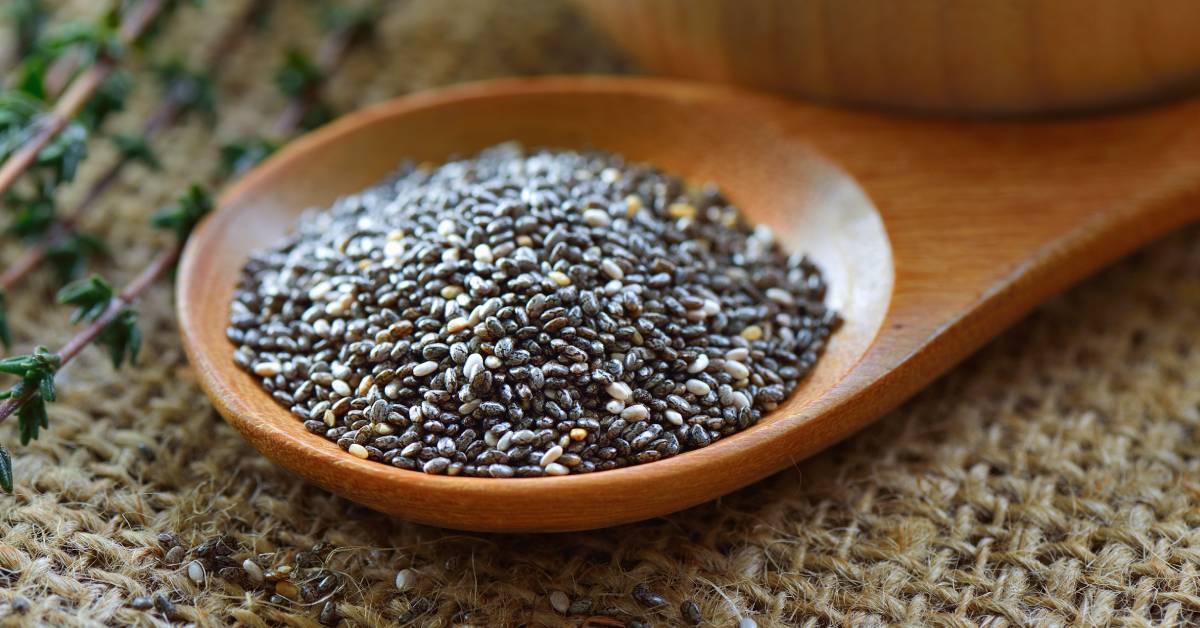
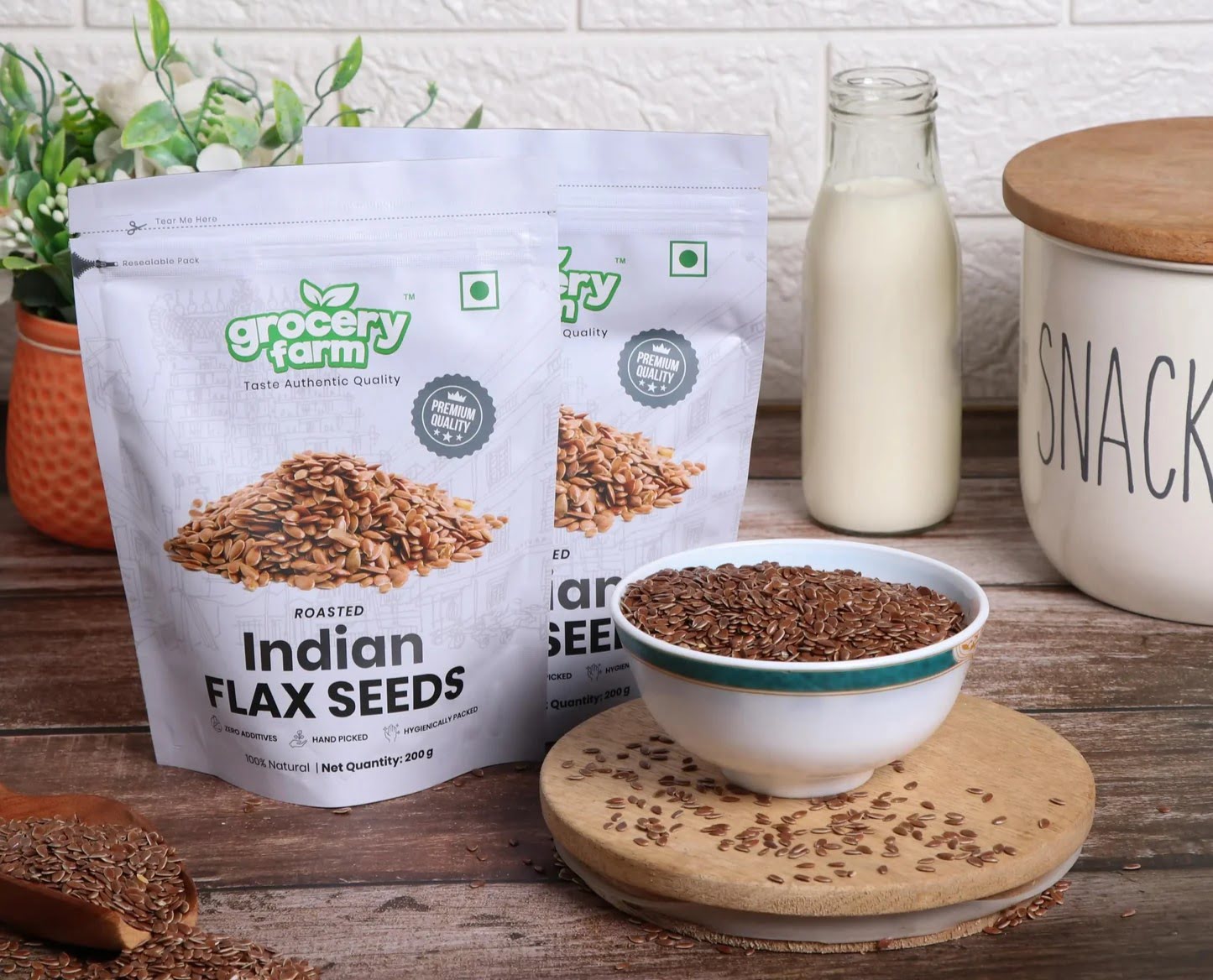
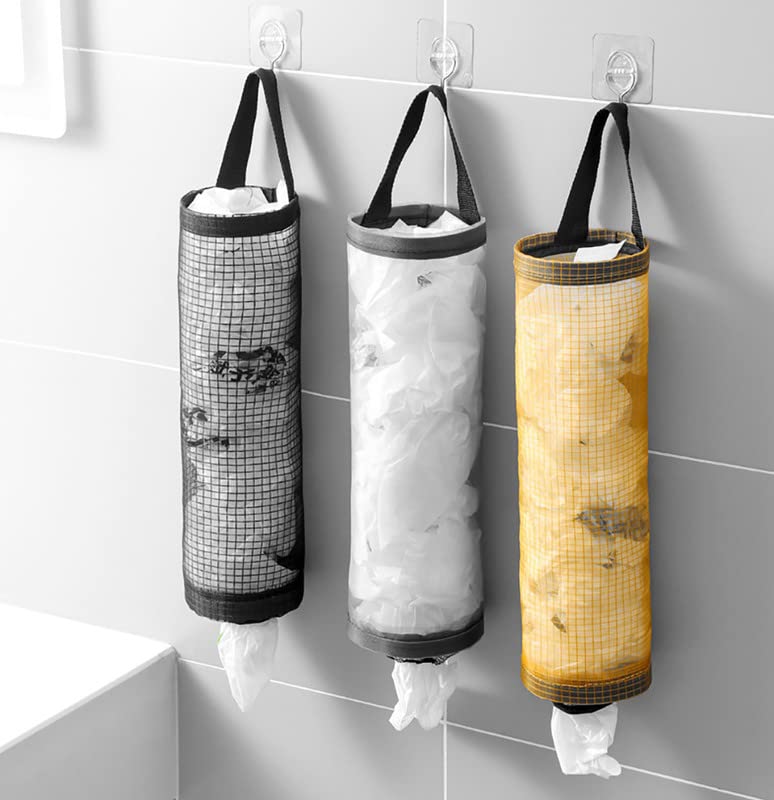
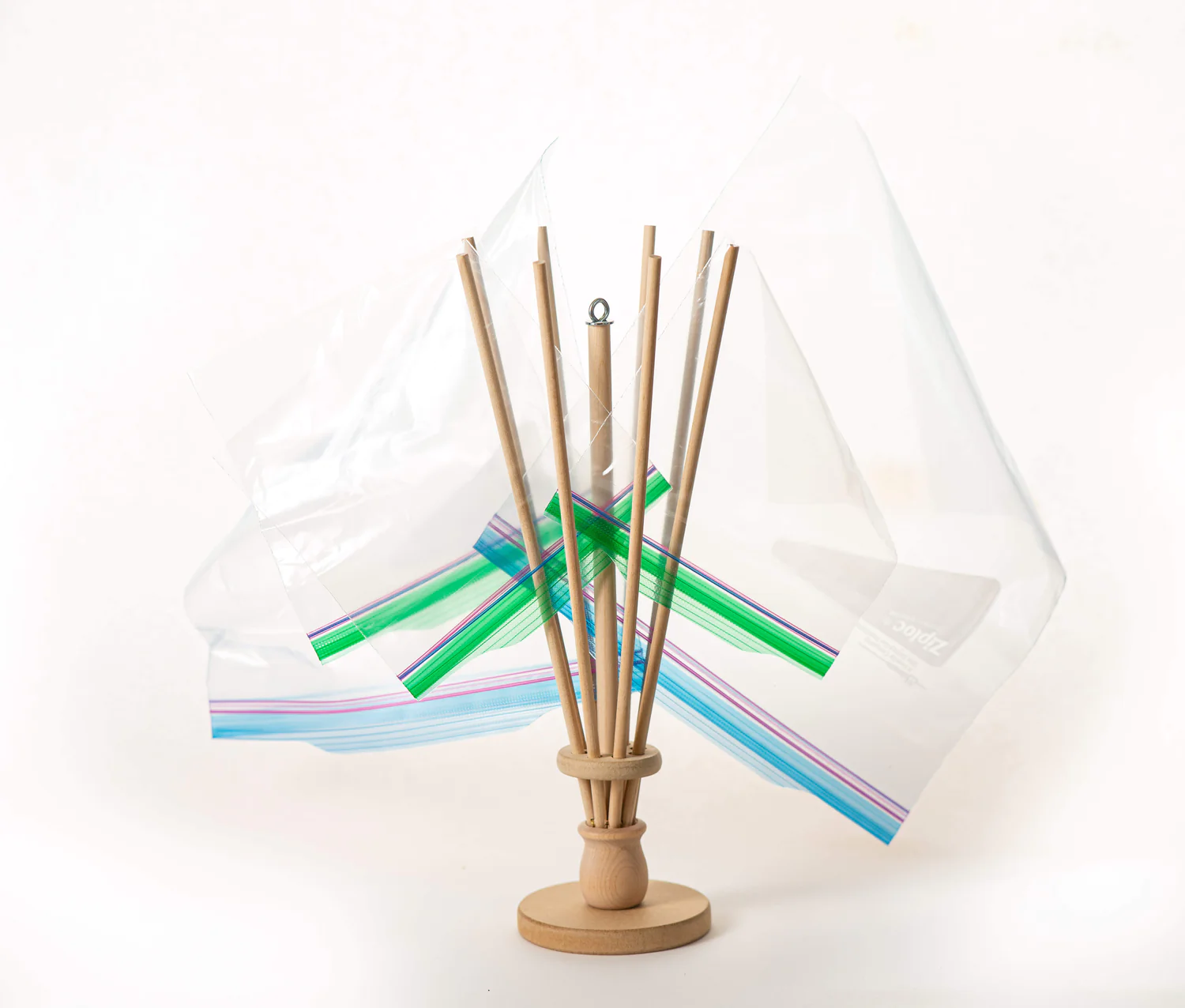
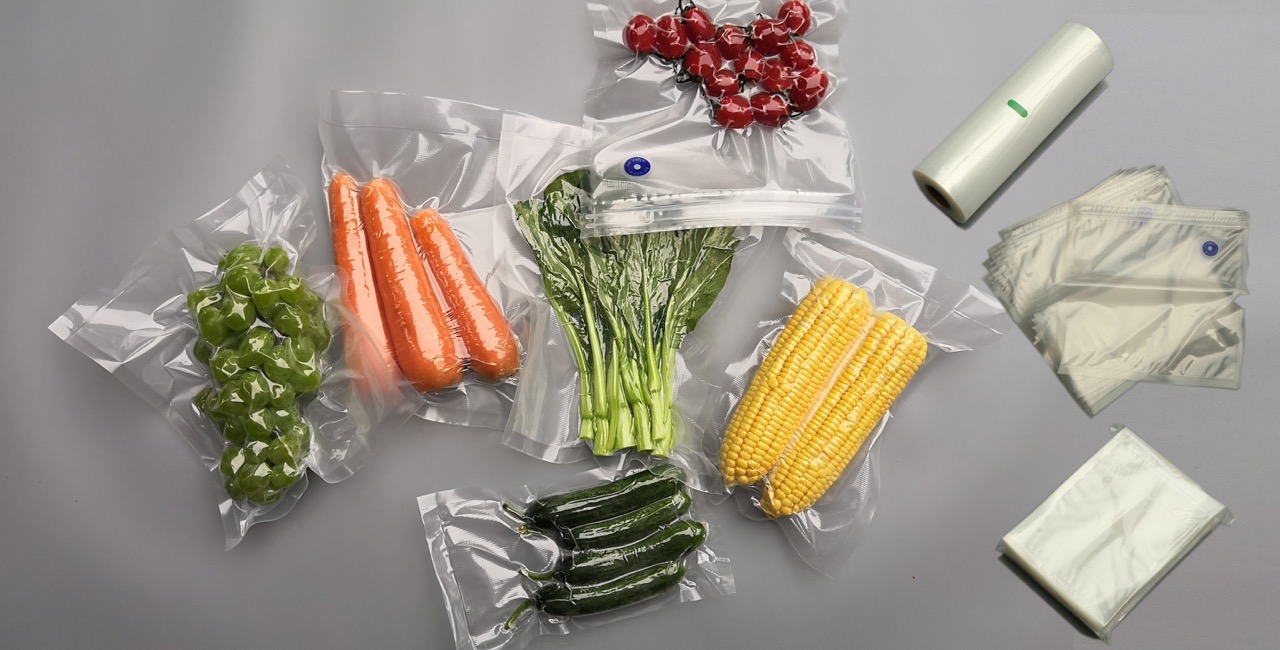


0 thoughts on “How To Store Plastic Grocery Bags”